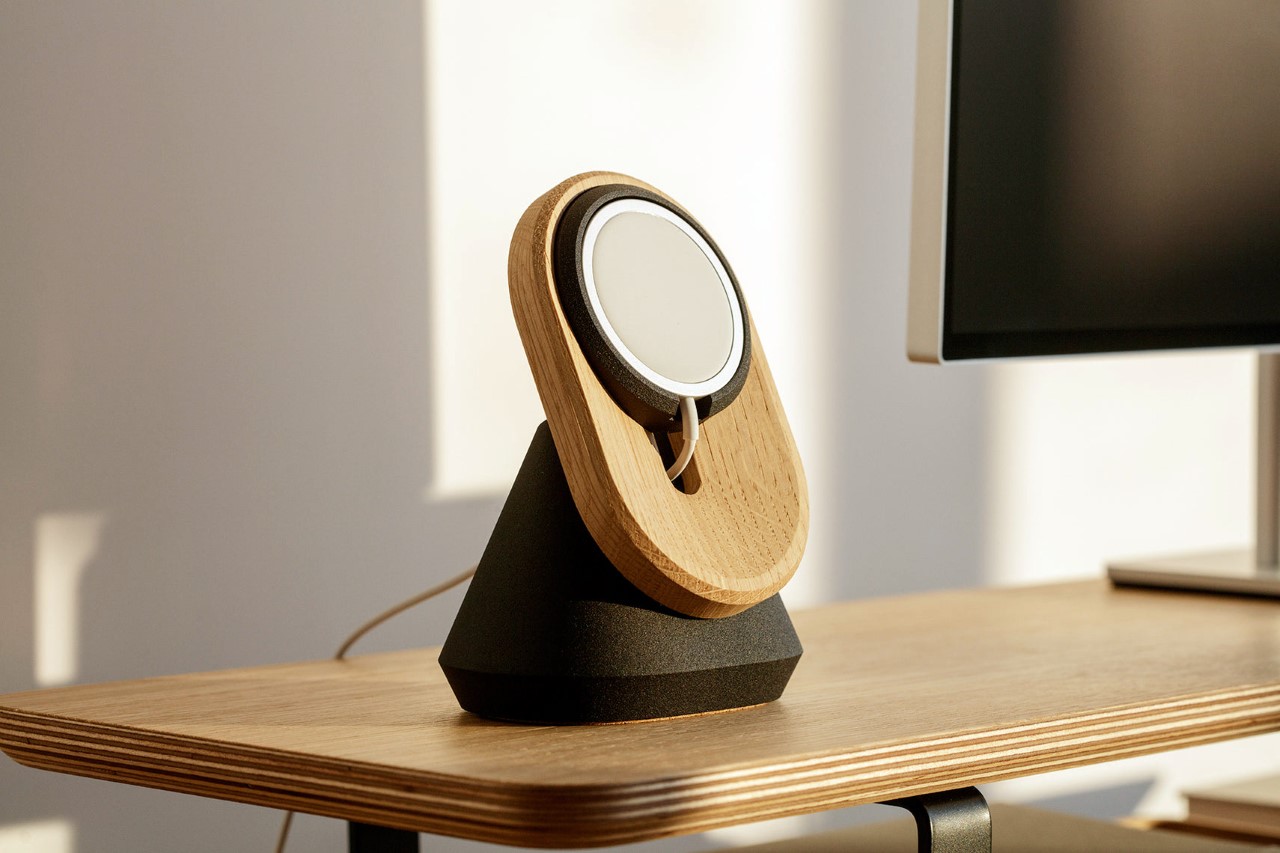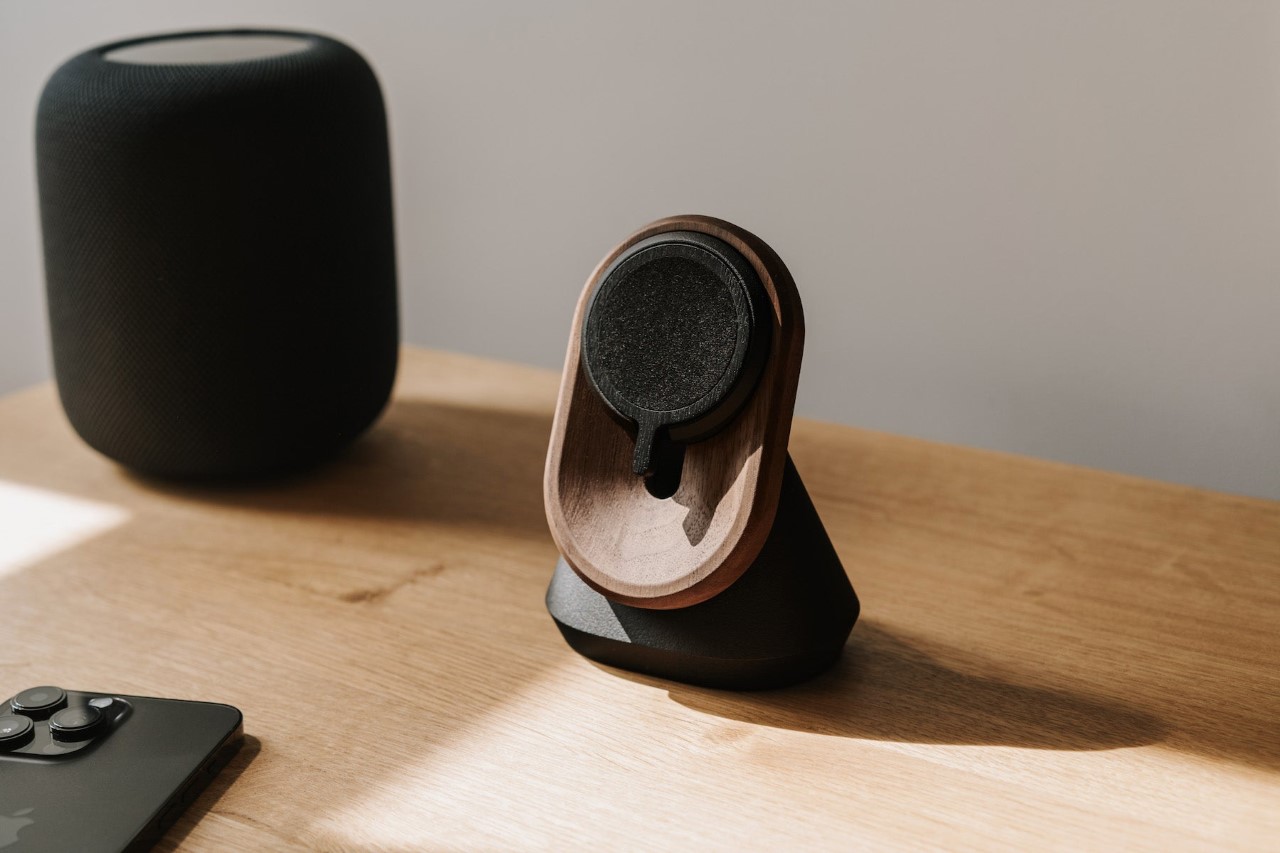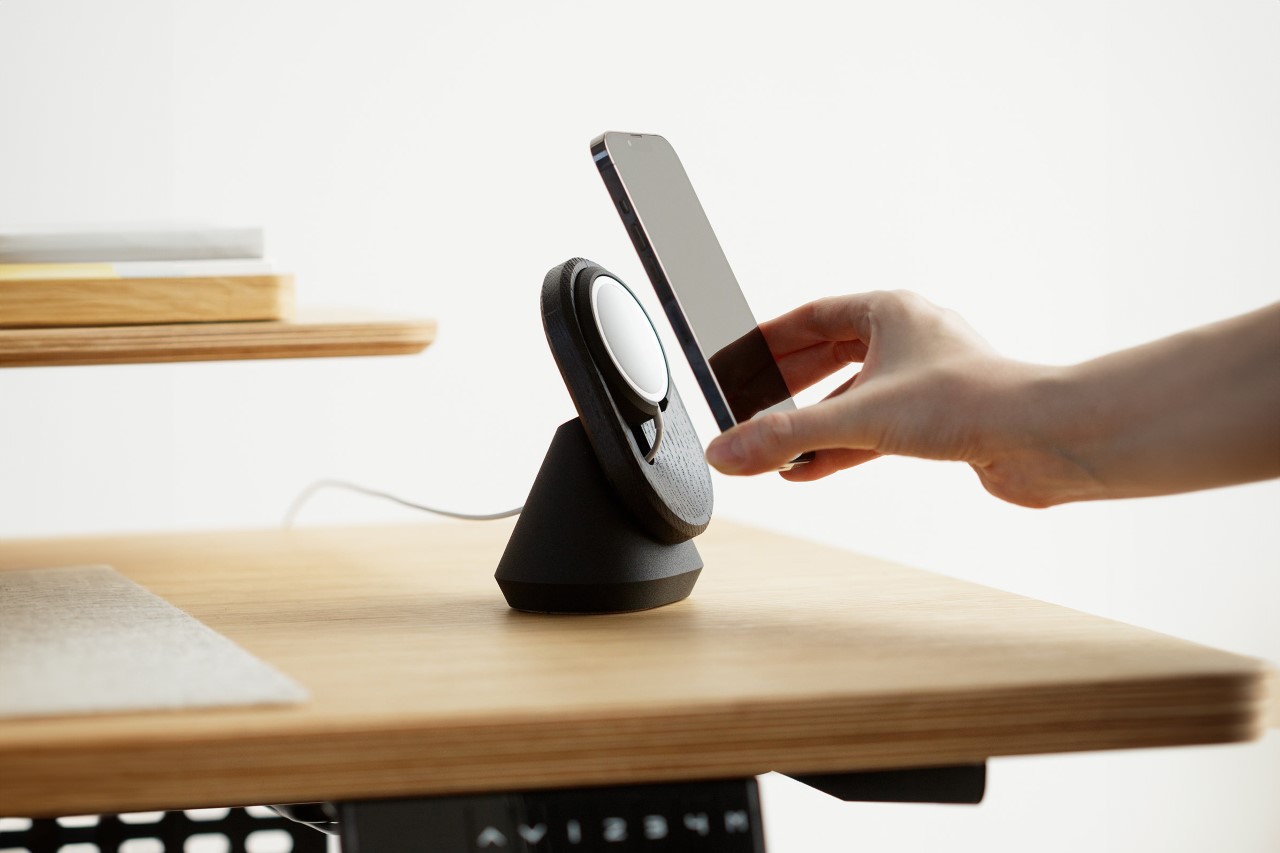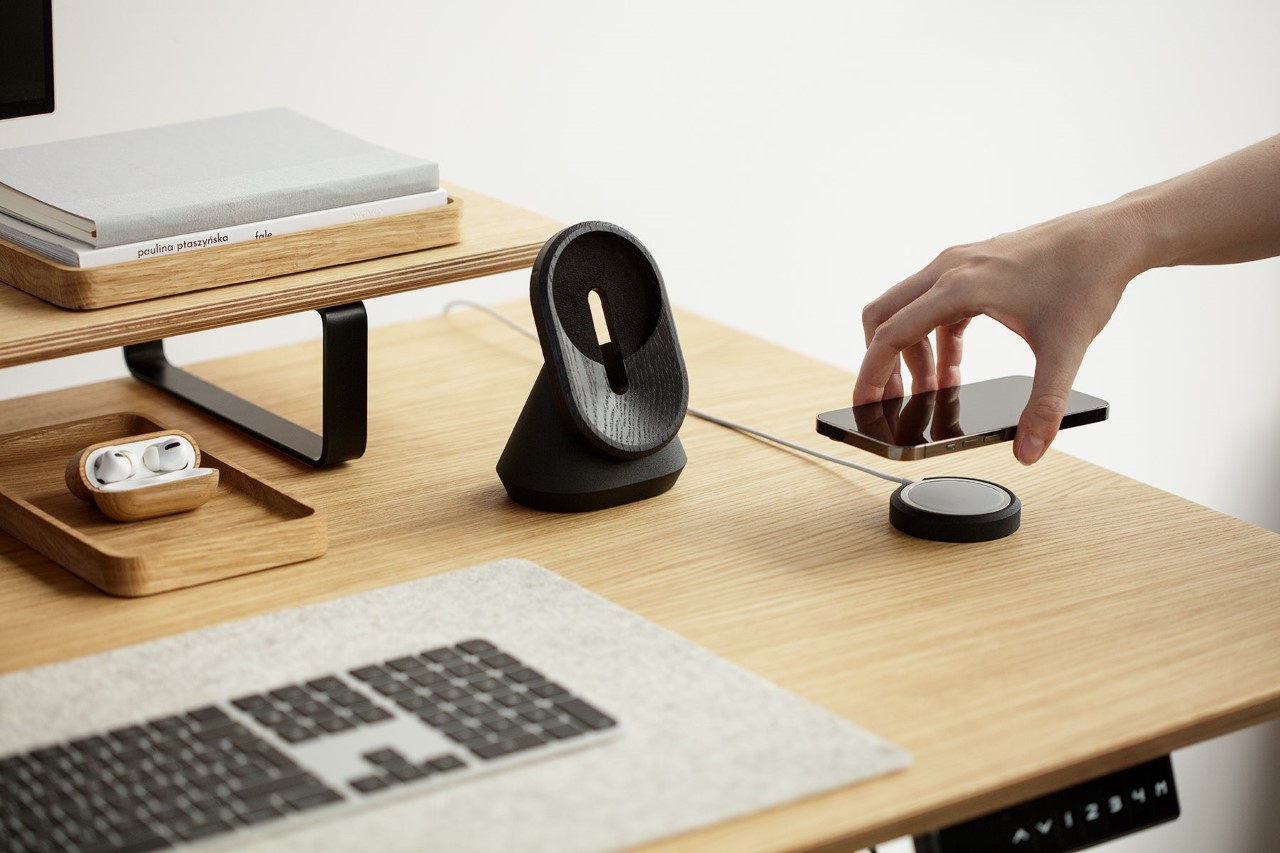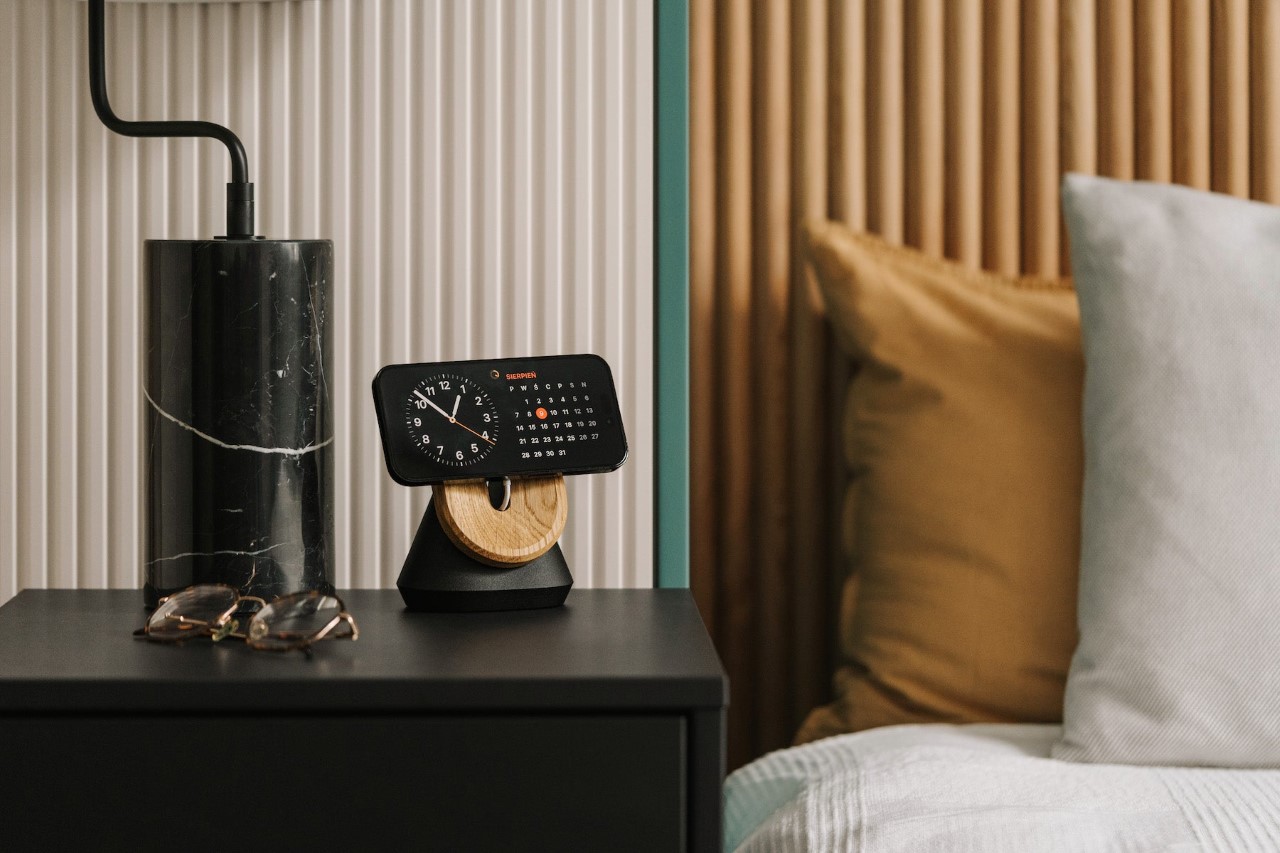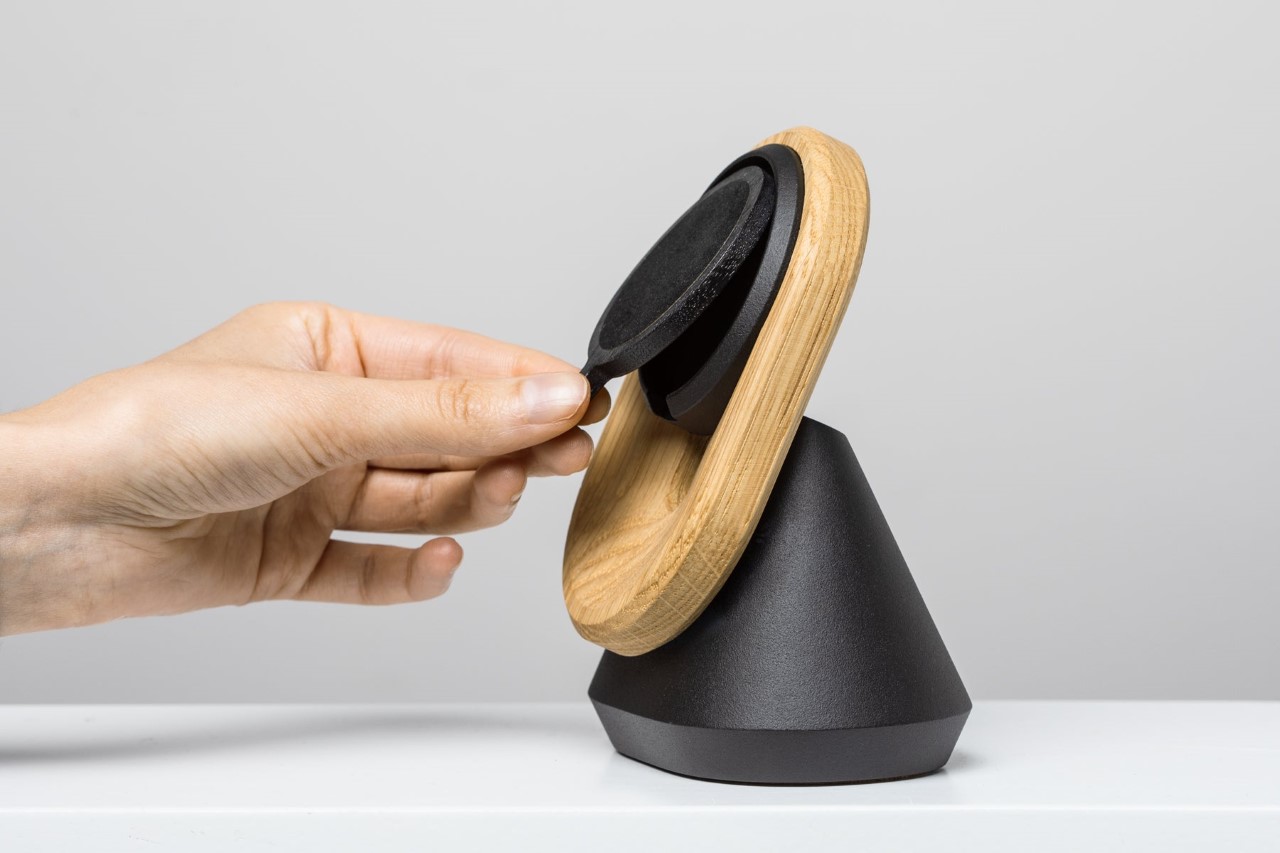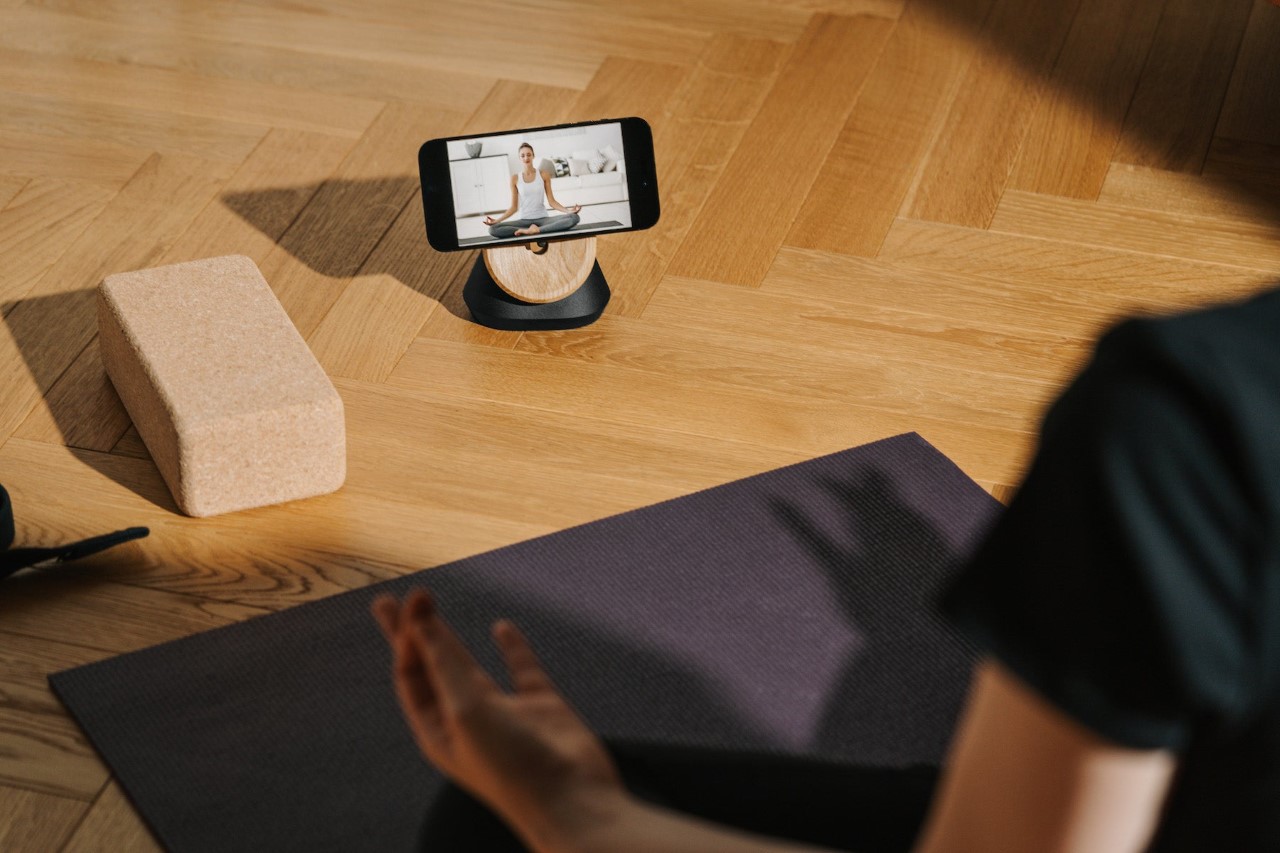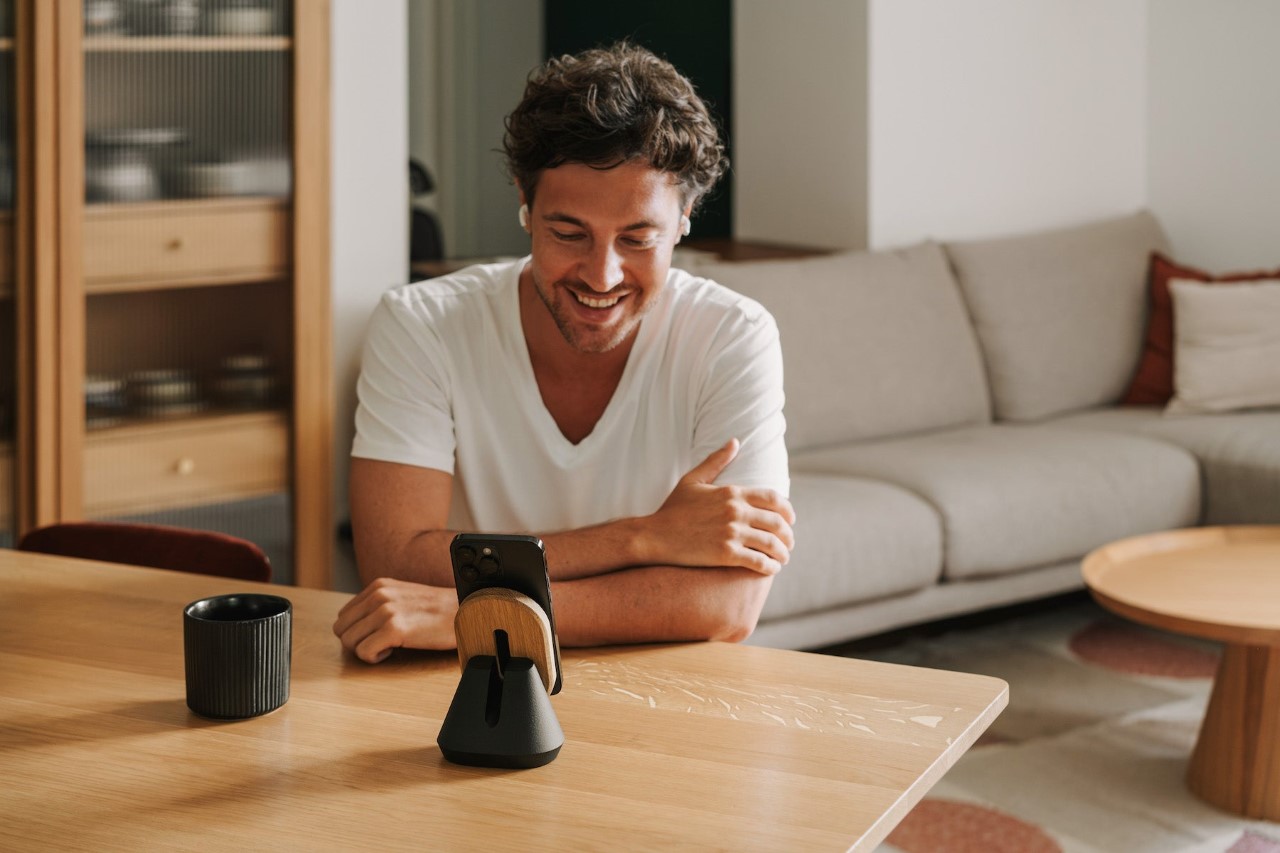Anyone who has cooked food will have come across a situation where they need to pick up a piece to either turn it over to cook the other side or to take it out of the pan or pot. Large portions are no problem for turners and tongs, but more delicate pieces can end up being an exercise in patience and dexterity. Smaller tongs aren’t always the answer because of the standard design of these tools and their wide, often spoon-shaped, heads that don’t afford precision and dexterity of movement. Some situations call for a radical change in that design, which is what these chopsticks-like pair try to offer, taking a page from one of the most precise utensils ever invented.
Designer: Isao Sekikawa
Click Here to Buy Now: $17 $19 (10% off). Hurry, Labor Day sale ends in 24 hours!
Some ingredients or pieces of food are so delicate that they need to be handled with a bit more care than what large cooking tools often provide. That’s true whether you’re trying to flip thin strips of meat on a frying pan, taking out cooked flakes of fish, putting in ingredients in a hot pot, or even just creating a complex arrangement of small fruits. Some of these you can’t even do by hand, while others are possible but not ideal for safety and hygiene. These specially designed tongs solve that problem in a rather fun-looking way that makes you feel you’re really in control.
Unlike your typical tongs, these Chopsticks Tongs don’t have large or wide tips, so picking up and holding small, delicate pieces isn’t a chore. And while they may look like chopsticks from one angle, they don’t require as much dexterity any more than normal tongs. They’re still made from a single piece of metal bent in the middle, so you won’t have to worry about juggling sticks and accidentally dropping them into a pot. Unlike conventional chopsticks, the tips are flat and ridged, preventing food from escaping its grasp. The tongs have a slender form and a minimalist aesthetic that not only saves space but even gives it an elegant design that looks stunning whether it’s in your hand or hanging in your kitchen.
Of course, normal chopsticks aren’t made for use in high heat, so these lifestyle tongs use SUS821L1 two-phase stainless steel that is known to be stronger than the SUS304 variant that’s commonly used. More importantly, the steel used for these tongs is made from recycled offcuts and scraps, giving it a more sustainable and environment-friendly characteristic. What’s interesting about these tongs is that their black color doesn’t come from paint or similar coating materials. Instead, it’s the product of a special metal processing that ensures the color won’t scratch or peel over time. That black oxide coating also ensures the safety of the food you’re cooking or the tableware you put in your mouth.
Durable, precise, and elegant, these Chopstick-shaped Tongs give you the perfect tool for managing small and delicate pieces of food. And while the 275mm (10.8in) Chopstick Tongs are great for keeping your hand at a safe distance, the shorter 175mm (6.9in) Lifestyle Tongs are better for smaller and more precise movements. You might even want to use it for actually eating your food without having to worry about how to use chopsticks properly. Whether you’re frying strips of meat, preparing a hotpot, or simply enjoying a healthy salad, these handsome Chopstick Tongs add a whole new flavor to your culinary experience.
Click Here to Buy Now: $17 $19 (10% off). Hurry, Labor Day sale ends in 24 hours!
The post Chopstick-shaped tongs make cooking, serving, and eating a breeze first appeared on Yanko Design.




